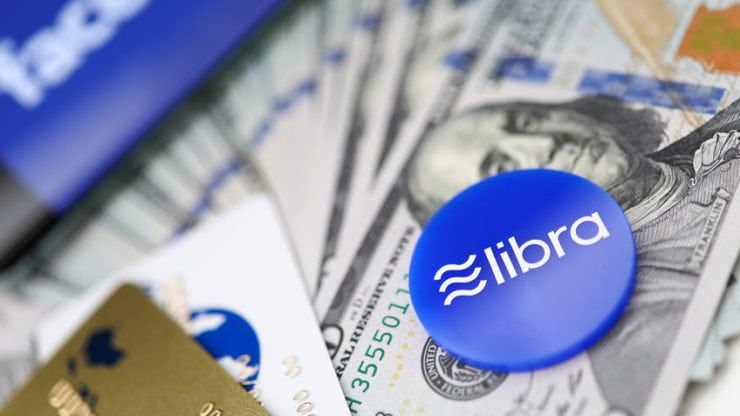Blockchain analysts at Bubblemaps identified a striking overlap between the wallets involved in MELANIA’s rise and collapse and those behind LIBRA.
1/ How $LIBRA was created by the same team behind MELANIA and other short-lived coins
Featuring new onchain evidence
A thread with Coffeezilla 🧵 ↓
7.7K
Reply
Copy link
The investigation centres on an address, P5tb4, which reportedly made over $2.4 million from MELANIA before transferring funds to another wallet, 0xcEA.
This wallet has now been directly tied to MELANIA’s creator.
What makes the situation more alarming is how funds were moved using USDC’s Cross-Chain Transfer Protocol (CCTP), a mechanism designed to facilitate seamless blockchain transactions.
While CCTP is a legitimate tool, its use in this case allowed insiders to obscure their transactions, making it harder for retail investors to detect early warning signs.
The scheme mirrors MELANIA’s trajectory, where insiders bought large amounts of the token early, manipulated the price, and then cashed out before its eventual collapse.
The same strategy played out with LIBRA, culminating in an estimated $87 million withdrawal by a key wallet linked to the project’s creator, DEfcyK.
Serial token manipulation exposed
LIBRA and MELANIA are not isolated cases.
The same network of insiders has been found linked to multiple pump-and-dump schemes, including TRUST, KACY, VIBES, and HOOD.
Each of these tokens followed the same pattern: an initial pump driven by early insider accumulation, a sharp rise in price fuelled by marketing and hype, and a sudden collapse after insiders withdrew funds.
Further blockchain tracking revealed that 0xcEA, the same address that played a central role in MELANIA’s manipulation, also profited an additional $6 million from LIBRA by using multiple wallets to hide transactions.
The repeated use of similar tactics across different tokens indicates an organised effort to extract maximum profits from the market at the expense of retail traders.
This level of coordination raises concerns about the broader integrity of new token launches in the decentralised finance space.
While many projects claim to be community-driven, the reality is that some are heavily controlled by insiders with the tools to manipulate markets behind the scenes.
Political fallout and shifting blame
Following LIBRA’s dramatic crash, the scandal took a political turn when Argentine President Javier Milei, who had been linked to the project, denied any involvement.
The backlash was swift, with some critics calling for an investigation into whether Milei should face impeachment over alleged ties to the token’s failure.
Meanwhile, the entities involved in LIBRA’s launch are deflecting blame. KIP Protocol and Kelsier Ventures, both of which played roles in the token’s creation, have publicly accused each other of responsibility.
KIP Protocol’s CEO, Julian Peh, has stated that KIP had no control over LIBRA’s launch, while Kelsier Ventures, the market maker for the token, has argued that external forces were responsible for the collapse.
As investigations continue, the LIBRA controversy underscores the ongoing risks in the crypto market, particularly for retail investors who may unknowingly enter projects designed for insider profits.
With blockchain tracking tools like Bubblemaps exposing more of these schemes, the industry faces growing pressure to implement stronger safeguards against manipulation.
The post LIBRA token crash linked to MELANIA insiders, with $87 million withdrawn early appeared first on Invezz
